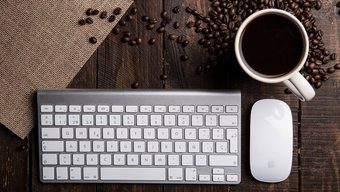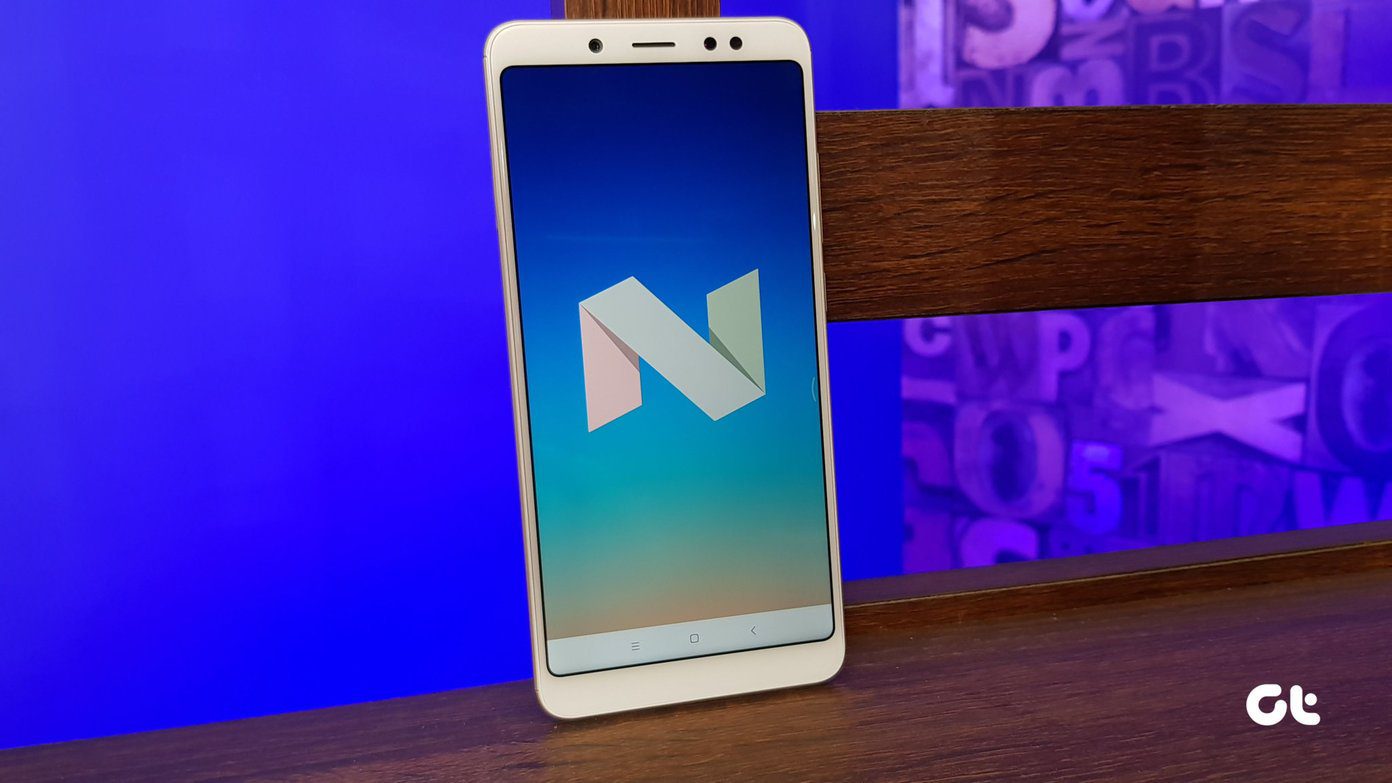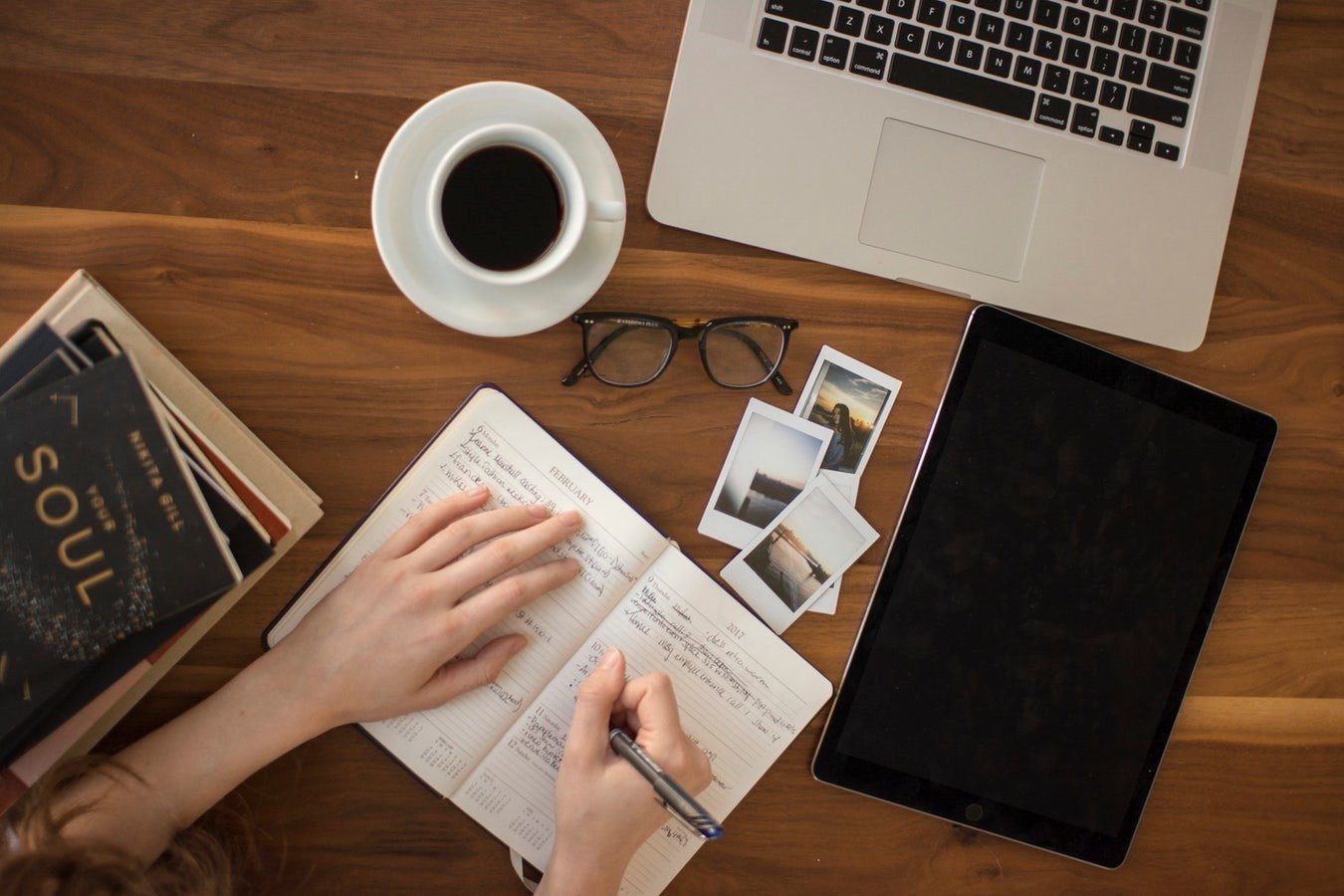Figma has been gaining traction in the design space. Sketch software mostly dominates the UI/UX design industry. But the latest offerings by Adobe (Adobe XD) and Figma with flexible pricing, seamless sharing, and cross-platform availability are changing the equation for the UI/UX designers out there. Figma’s availability on Web, Windows, and macOS, coupled with its excellent Starter plan (3 Projects and 2 Editors), makes it an ideal choice to design, prototype, and master UI design skills. The company recently introduced much-awaited Plugins support for it. If you are new to UI/UX design space and starting your journey with Figma, then you might want to memorize a bunch of essential Figma keyboard shortcuts for Windows and Mac. In this post, we shall cover eleven best Figma keyboard shortcuts that you can use on a Windows PC and Mac. Let’s get started. Visit Figma
1. Master Zoom Capabilities
You can’t use Figma or any UI/UX design software without mastering the Zoom keyboard shortcuts. These will be the most-used keyboard shortcuts during your workflow. For Windows and Mac, you can use Shift + 1 to fit the layers to the screen. Shift + 2 to Zoom in the selected frame (my most-used keyboard shortcut as it lets me quickly view the details of the selected component), and Shift + 0 to Zoom 100%.
2. Show/Hide Rulers and Show/Hide Layout Grids
I generally don’t use Rulers in Figma, but if you are planning to use them during the UI design, then you can use the Shift + R keyboard shortcut on PC or Mac to show/hide rulers. I use Layout Grids all the time. It lets you arrange the components, icons with the same distance, allows you to organize the text and other elements. Use Control + G keyboard shortcut on Mac to show/hide layout grids.
3. Pen, Move, and Text Tool
Figma offers a powerful and customizable Pen tool. You will get what I mean after you play with it for a few minutes. During your design workflow, you will use these three tools quite a lot. You can always choose them from the top menu or use the P keystroke for Pen, V for Move, and T for Text tool on Windows and Mac.
4. Move Between Layers and Components
These two keyboard shortcuts are quite handy when you are working on a design project with too many layers and components. You may require to move between them constantly. You can use Option + 1 for Mac or Alt + 1 for Windows to move to the layers panel. Then use Option + 2 for Mac or Alt + 2 for Windows to go to the Components menu.
5. Open Color Picker
This function is useful when you want to extract color from an image or icon or any other component. You can use ‘I’ keyboard shortcut on Mac or Windows to open the color picker. Hover the color picker over an image or icon and copy the color code from the color picker menu.
6. Copy/Paste Current Style
This one is a real time-saver. Want to quickly copy the current color/design of a component to other text or icon? You can select the current element and use Option + Command + C for Mac or Ctrl + Shift + C for Windows to copy its style. Now select the other element and use the Option + Command + V for Mac or Ctrl + Shift + V for Windows to paste the style.
7. Group/Ungroup Selection
Grouping and ungrouping are one of the most important parts of any design software. After adding shapes, icons, text, you might want to group them to move or modify them easily. You can select the elements and use Command + G for Mac or Ctrl + G for Windows to create a group. To ungroup them, use the Command + Shift + G for Mac or Ctrl + Shift + G for Windows.
8. Toggle Lock and Unlock
When you are creating a design with too many layers and components, the Figma canvas might become quite busy for you. In these scenarios, you won’t want to move any icon, text, or component accidentally. In such cases, you can select the element and use Command + Shift + L for Mac or Ctrl + Shift + L for Windows to lock them. It is represented by a tiny lock icon in the Layers menu. To unlock, use the same keyboard shortcut.
9. Create Components
Components are the heart and soul of Figma experience. You might want to reuse the same elements throughout the design UI. Some examples can be a hamburger menu, bottom bar menu, buttons, etc., that you want to reuse for other screens too. You can group the icons and text using the Group tool and then use the Option + Command + K for Mac or Ctrl + Alt + K for Windows to create a component. Now, access them from the Components menu (Check #4).
10. Show Team Library
Do you know Figma is also termed as the Google Docs of the design industry? The software comes with seamless sharing options that allow you to add editors to the team. For big projects, each team member is given a separate task for design. While creating the design in a group, you might want to visit the Team library, which consists of common components and icons among the members. You can open the menu by using Command + Option + O on Mac or Ctrl + Alt + O on Windows to open the team library menu.
11. Export Design
After finishing the design, you might want to use the export option to extract icons and images from the design so that you can send those to developers to implement them. You can select the layer and use the Command + Shift + E for Mac or Control + Shift + E for Windows to export the details.
Use Figma Like a Pro
Figma is an excellent tool for UI/UX designers. It’s free for beginners, allows sharing, and comes with tons of keyboard shortcuts to enable a smooth workflow. Implement these keyboard shortcuts to your workflow and create beautiful UI designs like a pro. Next up: Canva and Crello are two of the best design tools to create posters and flyers. Read the comparison below to find the better pick for you. The above article may contain affiliate links which help support Guiding Tech. However, it does not affect our editorial integrity. The content remains unbiased and authentic.















